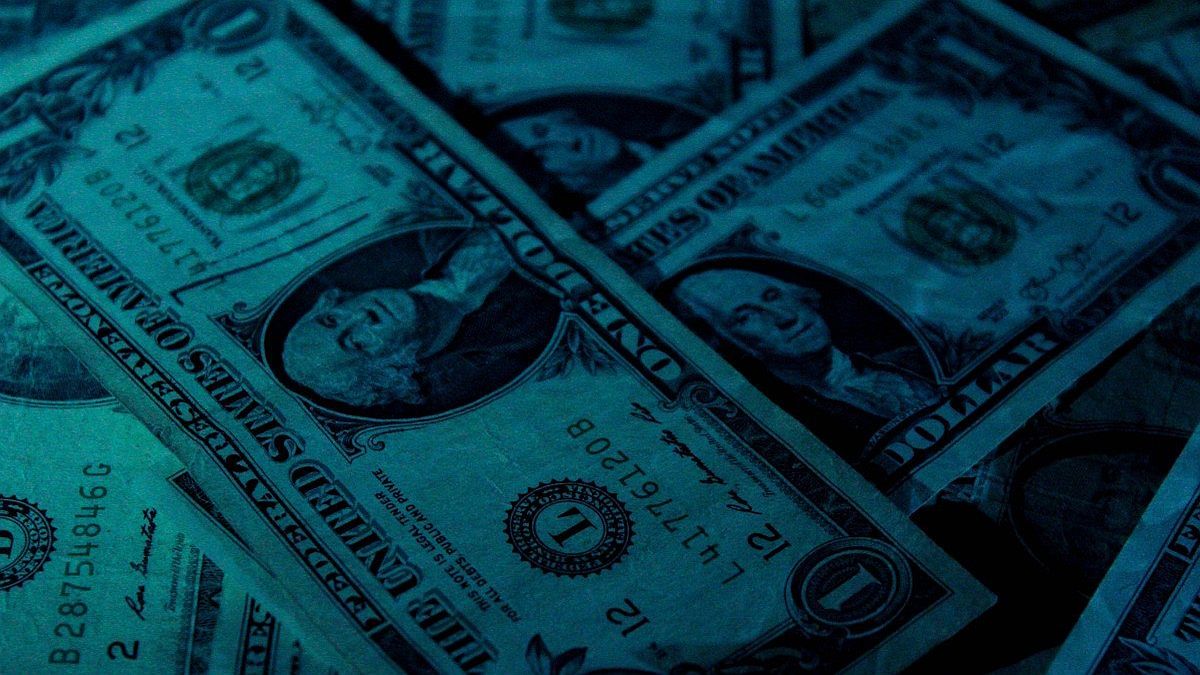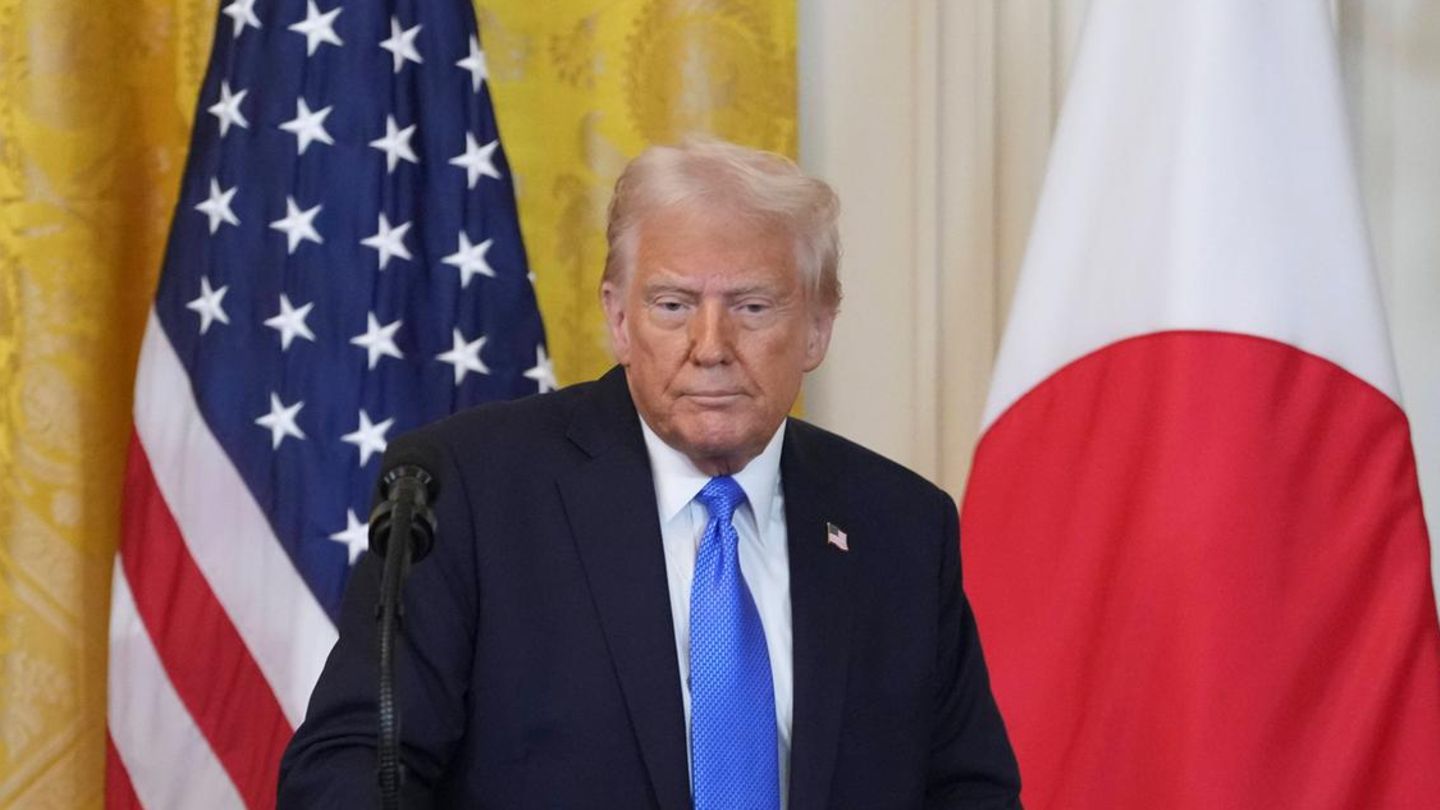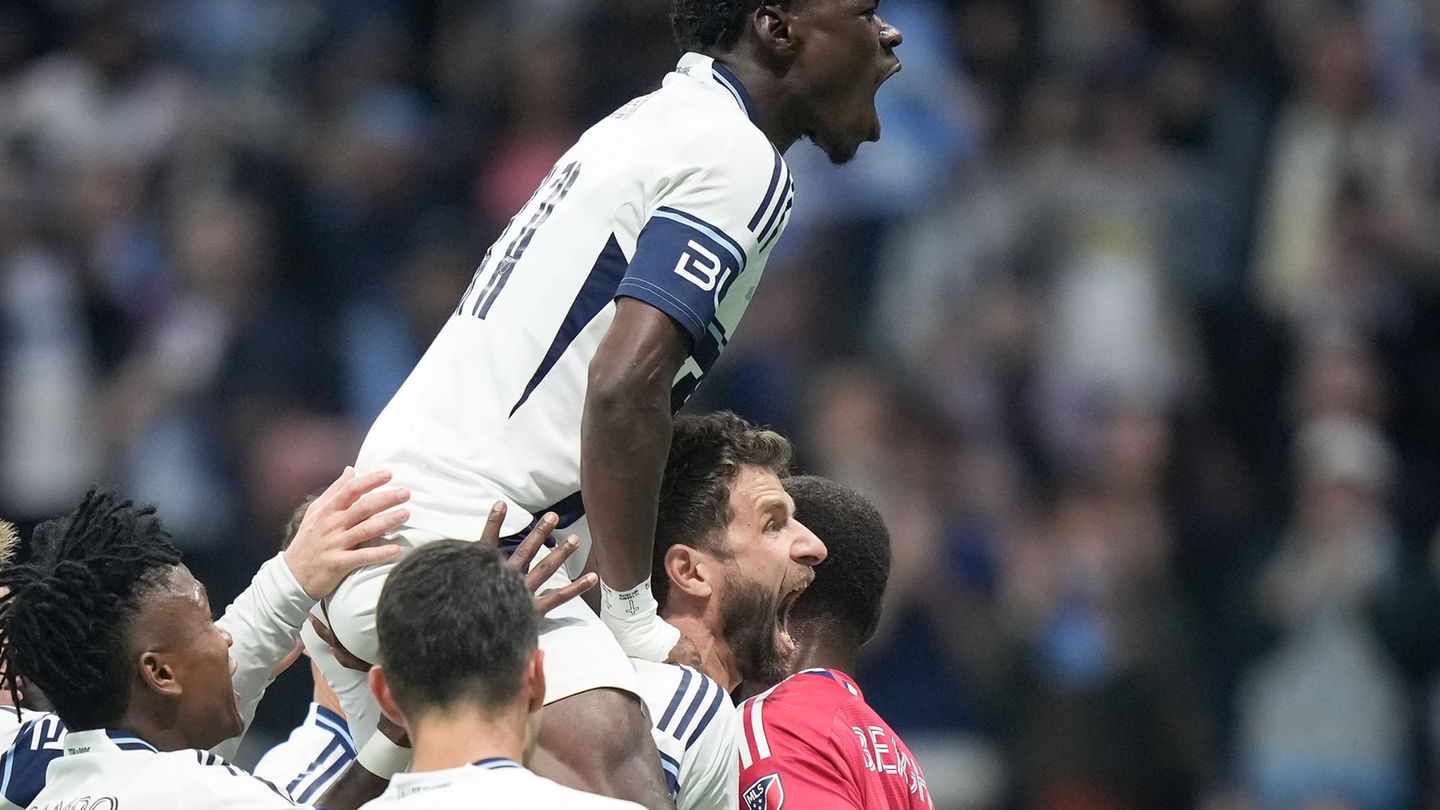It should be noted that the blue rose $21 between Tuesday and Thursday, within the framework of a week in which the Government decided apply new measures on the official dollar, in this case on the so-called tourist dollar.
The informal dollar had recorded its first drop in four days on Monday, as an initial reaction to the announcements of the Minister of Economy, Silvina Batakis. However, the downward trend has been abruptly cut since Tuesday, when the parallel dollar began to break several nominal records.
All in all, the exchange rate gap with the official wholesale exchange rate was 128.5%.
Let’s remember that the parallel dollar accumulated last week a jump of $34, in a period of great volatility and some confusion among the cueveros before a disparity in prices, after the unforeseen changes in Economy.
The Economy Minister announced on Monday a series of measures aimed at reducing the high fiscal deficit and calming the financial markets.
Batakis said that It will maintain goals agreed with the International Monetary Fund (IMF), among other decisions that seek to clear up doubts about the future of the economy.
“We are not going to spend more than we have,” the official said at a press conference. “We need to give some order and balance to the public finances of the national state,” she added.
Batakis pointed out that Argentina will look for a positive Interest Rate Path, it will freeze the entry of new employees into the public sector, it will maintain the plan to cut subsidies for the consumption of services stipulated by the previous management and expenses above the real cash projection will be avoided.
Blue dollar price in July
During July, the blue dollar accumulates a rise of $55, which represents its biggest monthly advance in the year so far, after ending June at $238.
Let us remember that in June, the informal dollar advanced $31 (+15%), after rising $6.50 (3.2%) in May.
The parallel dollar rose 50 cents in April, and lost $11 in March, its worst performance in 14 months. Last February, it fell $6.50 (-3%), after rising $5 or 2.4% in January.
Price of the blue dollar in the year
So far this year, the informal dollar advances $85 after closing 2021 at $208.
During the past year, the blue dollar registered a rise of 25.3% ($42), half compared to the inflation of the period (50.9%). However, it is worth remembering that in 2020 it had shown a sharp jump of 111% (compared to 36% inflation).
What is the blue dollar?
The value of the blue dollar has a substantial difference with the official dollar, which is acquired in banks and has an established price. Its sale is in the informal market, without regulations or limits, and for this reason it is generally operated at a value greater than the official dollar.
Why is it called the blue dollar?
The origin of the blue dollar as a denomination for the operation of the banknote in the informal market is not clear. But there are theories.
An explanation of its name indicates that it is so called because in English, “blue”, in addition to naming the color blue, refers to something “dark”.
Another theory relates it to purchase operations through bonds or shares of companies known as “blue chips.” They also link it to the approximate color that appears when a fibron is applied to detect counterfeit bills.
Savings and tourist dollar quote
The savings dollar or solidarity dollar -retail plus tax- increased 0.06% and closed at $223.23
For its part, the new tourist dollar, which in addition to the PAIS tax -which is a surcharge of 30%- has a perception of 45%, it rose 0.06% to $236.76.
More news about the Blue Dollar and the Dollar
Source: Ambito
David William is a talented author who has made a name for himself in the world of writing. He is a professional author who writes on a wide range of topics, from general interest to opinion news. David is currently working as a writer at 24 hours worlds where he brings his unique perspective and in-depth research to his articles, making them both informative and engaging.




